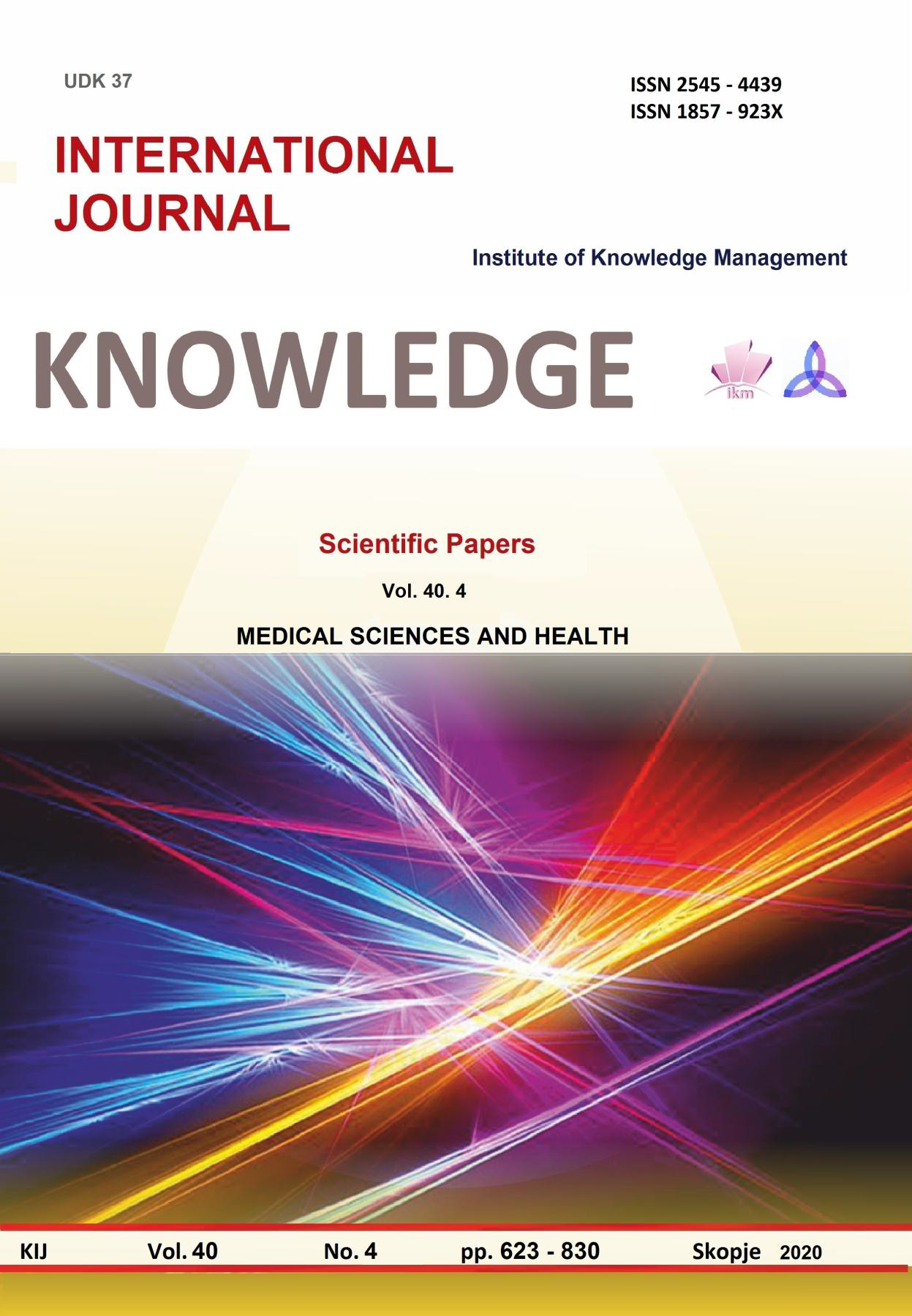CASE REPORT: FRACTURE OF THE MAXILLARY TUBEROSITY DURING TOOTH EXTRACTION AND SUBSEQUENT TREATMENT
CASE REPORT: FRACTURE OF THE MAXILLARY TUBEROSITY DURING TOOTH EXTRACTION AND SUBSEQUENT TREATMENT
Author(s): Rosen Tsolov, Ivan GerdzhikovSubject(s): Social Sciences
Published by: Scientific Institute of Management and Knowledge
Keywords: dentoalveolar fracture; dental extraction; maxillary tuberosity fracture; tuber maxilla
Summary/Abstract: Introduction:Tooth extraction is a common surgical procedure, that can very often be accompanied by some complications such as swelling, edema, and trismus. In rare cases, fractures of the alveolar bone and jaws can also be observed. One of the possible complications while extracting maxillary teeth is the perforation of the maxillary sinus. In some cases, because of the use of excessive force during extraction, fracture of the maxillary tuberositycan occur. This can be furthercomplicated by the penetration of a foreign body or parts of a tooth into the maxillary sinus.Aim: The purpose of the present clinical case is to investigate the possibility of surgical treatment of maxillary tuberosityfracture complicated by the penetration of a dental pin into the maxillary sinus.Materials and methods:The presented case is of a 43 y.o. female patients admitted urgently to the Clinic of Maxillofacial Surgery of ―St. George‖ University Hospital, Plovdiv, Bulgaria, with severepain after unsuccessful extraction of the upper right second molar 17, which was symptomatic prior to the extraction attempt. Orthopantomography revealed a fracture of the maxillary tuberosity and projection of the second molar roots and a dental pin within the maxillary sinus. During the intraoral examination, it was found that the second molar 17 was upstream to the right and there was pathological mobility of the entire right maxillary tuberosity. Under general anesthesia, a mucoperiosteal flap was elevated, the bone around the second molar was trepanned, the tooth was extracted,and the fractured tuber and dental pin present in the maxillary sinus were removed. Results:The results of the treatment showed atraumatic restoration of the maxilla. The performedsurgical treatment allowed the dental pin to be removed from the maxillary sinus without damaging tooth 16. The elevation of amucoperiosteal lamp closed the oro-antral communication, thereby helping to restore nutrition and fluid intake. A month later, an Electro-Odonto-Diagnostic test (Pulp Vitality Test) showed normal values and preserved vitalityof tooth16.Conclusion:The maxillarytuber fracture is a severe complicationthat requires immediate surgical treatment. The main purpose ofthetreatment is to close the communication with the maxillary sinus and prevent the risk of infection. The surgical technique used should be sparing to the adjacent teeth and soft tissues, to preserve them.
Journal: Knowledge - International Journal
- Issue Year: 40/2020
- Issue No: 4
- Page Range: 651 - 653
- Page Count: 3
- Language: English

